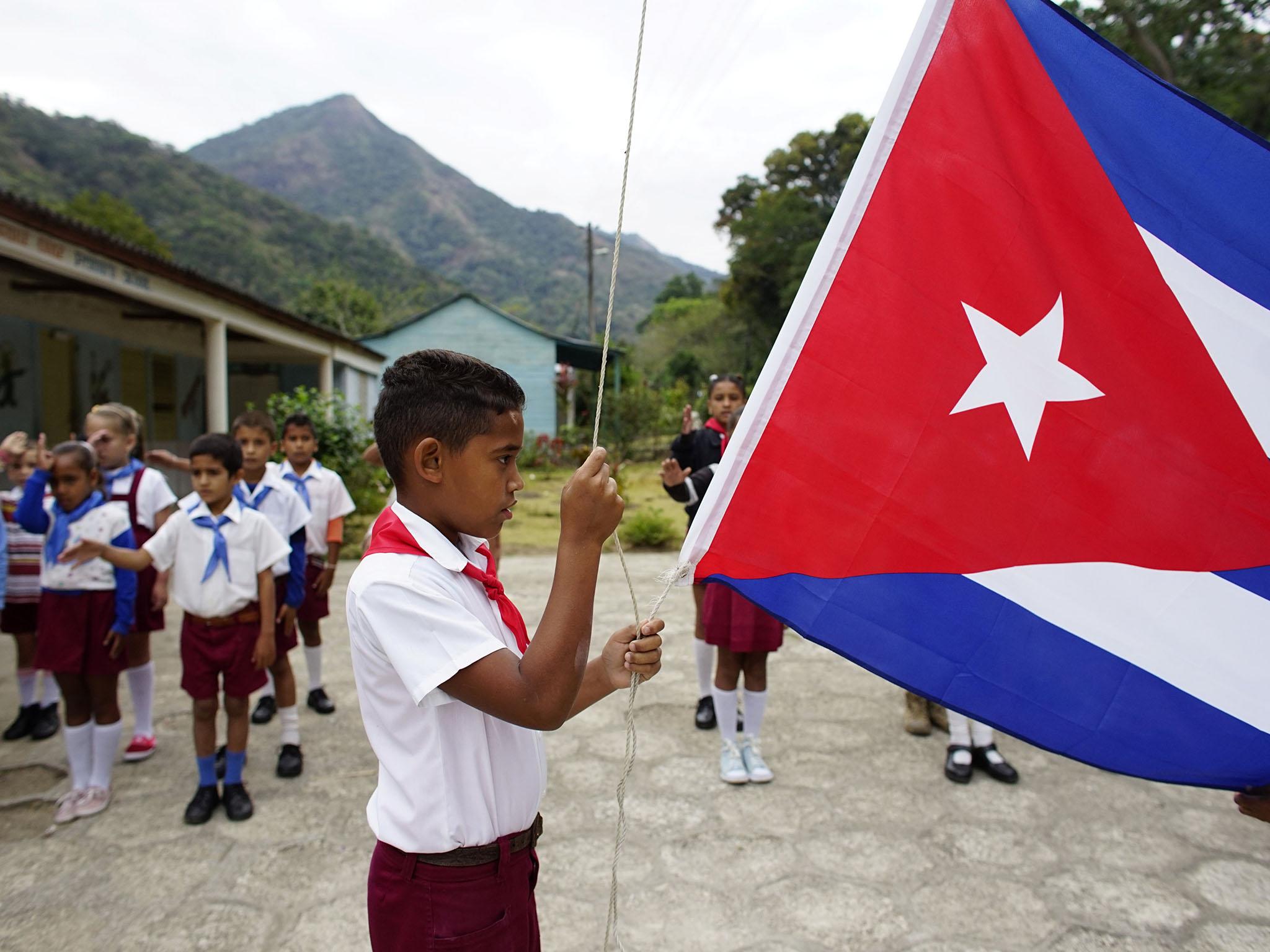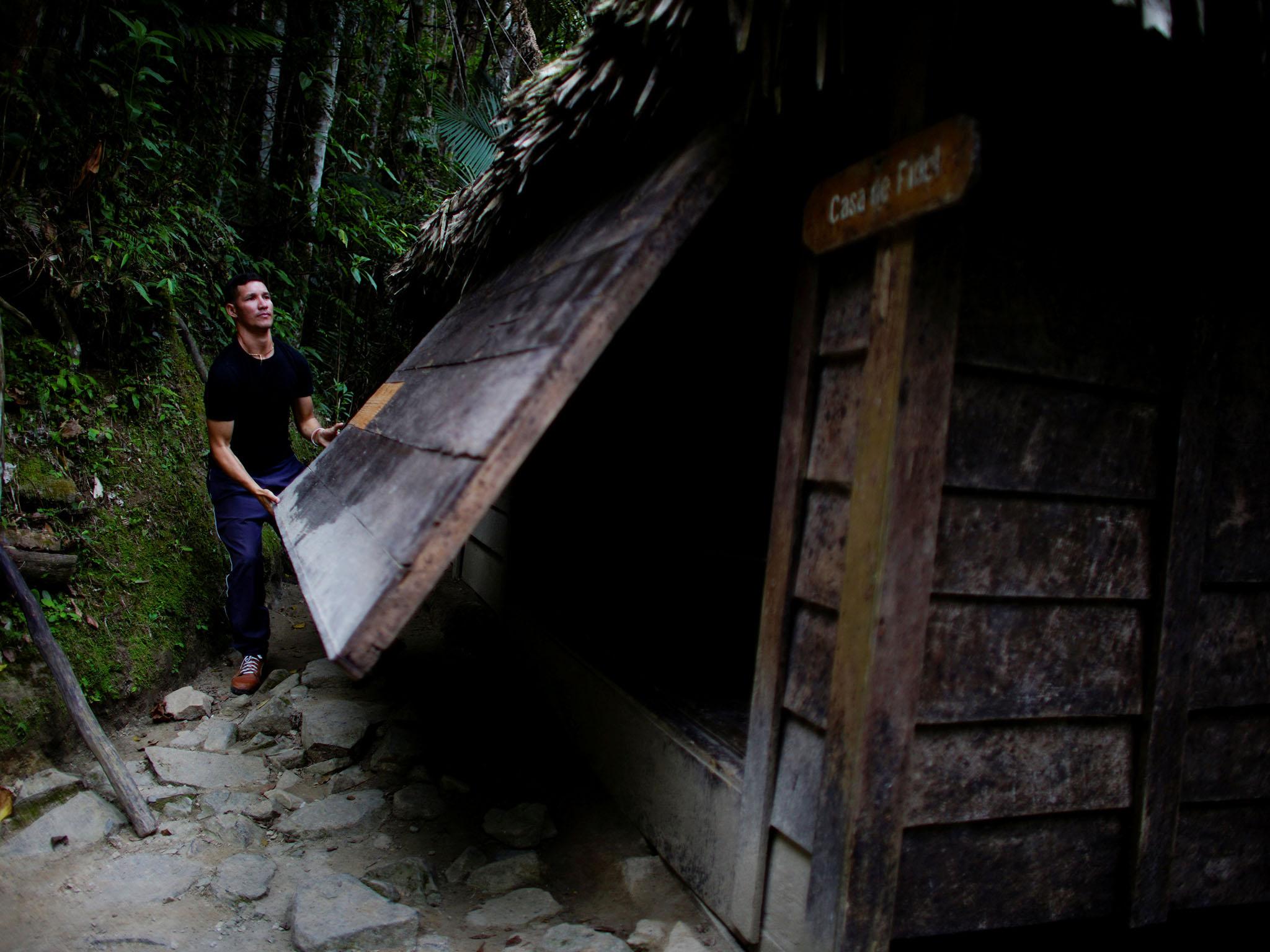The Castro era is over, but the revolution lives on in the mountains where it began
Alexandre Meneghini captures life in Sierra Maestra, where locals are still grateful for the land reforms and modern amenities the Castro brothers’ revolution brought

Your support helps us to tell the story
From reproductive rights to climate change to Big Tech, The Independent is on the ground when the story is developing. Whether it's investigating the financials of Elon Musk's pro-Trump PAC or producing our latest documentary, 'The A Word', which shines a light on the American women fighting for reproductive rights, we know how important it is to parse out the facts from the messaging.
At such a critical moment in US history, we need reporters on the ground. Your donation allows us to keep sending journalists to speak to both sides of the story.
The Independent is trusted by Americans across the entire political spectrum. And unlike many other quality news outlets, we choose not to lock Americans out of our reporting and analysis with paywalls. We believe quality journalism should be available to everyone, paid for by those who can afford it.
Your support makes all the difference.In the rugged Sierra Maestra mountains near where Fidel Castro made his hideout as he led a guerrilla uprising in the late 1950s, Cubans say they are still grateful for the land reforms and modern amenities his leftist revolution brought. Fidel Castro’s younger brother, Raul Castro, 86, steped down as president this week. His successor is 57-year-old Miguel Diaz-Canel, the first time Communist-run Cuba has had a leader born after the 1959 revolution.
In Santo Domingo, the hamlet closest to the “Comandancia La Plata” where the rebels had their military headquarters, locals say they owe much to the Castros’ revolution, despite an ailing economy that Raul’s tentative market reforms have failed to fix.
“I have a happy life: I have a place to farm; I have animals,” says farmer Paulo Alvarez, 55, whose pigs, turkeys and chickens roam freely around his wooden hut, grunting and squawking. “I thank the revolution for that. It was not like this before.”
Fidel Castro, who ruled for decades before handing power to his brother and who died in 2016, nationalised many large agricultural properties after coming to power, part of a sharp leftwards turn that prompted many Cubans to leave the island and that sent relations with the United States into a long freeze.
Title to land was given free of charge to former tenant farmers, labourers and sharecroppers. Many farmers then joined together to work under the umbrella of state and cooperative farms. The Cuban government also brought medical facilities, schools and paved roads to remote places like Santo Domingo, a village of several hundred inhabitants nestled in the wooded mountains by a river.
Resident Luis Enrique Perez was able to train as an English teacher, although he gave up teaching because of the low salary. Despite the revolution’s achievements in social indicators like education, much of Cuba’s population scrapes by on state wages, which at around £21 a month are a source of common grumbles.

Perez says he found better paid work as a guide at the Comandancia La Plata, which nowadays attracts visitors exploring Cuba’s political heritage.
“I can make better money and also practise my languages with tourists, which is my passion,” says Perez, as he points to the large bed where Fidel Castro once slept next to a window overlooking the surrou ndinrevolu tiong undergrowth.
Adding a touch of authenticity, a 1950s American fridge stands in the main room with a bullet hole where it is says to have been hit by enemy fire while being carried up the mountains to the “Commandante’s” hut. “Raul did many good things to Cuba in the past 10 years,” he says. “He has changed the social life of the country, with cooperatives, private business, hotspots, internet, mobiles.”
The younger Castro has opened up Cuba’s state-run economy to private enterprise in an attempt to boost growth and trim the state payroll. A surge in tourism over the past few years has fostered that fledgling private sector.
In Santo Domingo, private restaurants and bed-and-breakfasts have sprung up alongside the main road, where cows and horses saunter across nonchalantly in search of better pastures.
“Cuba would be the best place to live in the world,” says Perez, “if state salaries were good enough.”
Reuters
Join our commenting forum
Join thought-provoking conversations, follow other Independent readers and see their replies
Comments